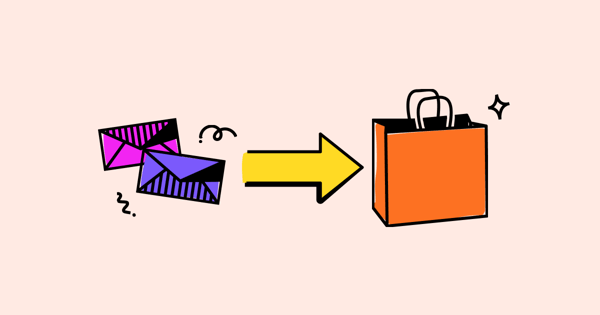Imagine pitching to five customers.
One’s only just realized they need a product like yours. One wants to compare your brand to the competition. One is on the cusp of buying; another has just placed an order. The other has been using your product for the last month and is on their way to becoming a full-fledged brand advocate.
Would you target all of them with the same messaging?
Or would you recognize that each is at a very different stage of the buyer’s journey—and that your marketing efforts should be personalized to their individual requirements?
I’m guessing you chose option #2. If so, you’ve already understood the benefits of lifecycle marketing.
But “understanding” is much easier than “executing.”
Indeed, two in five retail brands say improving the customer experience is an “urgent priority,” yet just one in eight believe they are effective at delivering personalized experiences.
In this article, I talk through the basics of lifecycle marketing — including defining the five stages of the customer lifecycle — and give you some practical tips for targeting customers at each lifecycle stage. All backed up by a bunch of real-life examples from the world of ecommerce marketing.
Sounds good? Then let’s get into it…
Table of Contents
What is Customer Lifecycle Marketing?
Customer lifecycle marketing is a combination of marketing strategies used to engage and persuade consumers as they progress through each step of the buyer’s journey.
It recognizes that the most effective messaging, touchpoints, and experiences vary based on a customer’s current relationship with your brand.
A totally new prospect might seek information on your brand story and values, whereas a loyal repeat customer may be looking out for your latest product release.
If you deliver real value at each lifecycle stage, you’ll be well on the way to boosting:
- Engagement
- Conversion rates
- Average order value
- Lifetime value
- Loyalty
How Lifecycle Marketing Varies for Different Brands
Lifecycle marketing isn’t a one-size-fits-all approach.
By definition, it’ll look different depending on your audience, business model, and products.
To demonstrate, let’s (briefly) consider two ecommerce stores: mattress brand Casper and oral care company Quip.
Casper sells a small selection of high-ticket products with an extremely long shelf-life; most people only buy a new mattress once every 10+ years.
That translates to a long consideration period and relatively few repeat purchases.
As such, demonstrating product quality is vital to Casper’s success, so it puts a lot of effort into sharing customer reviews:
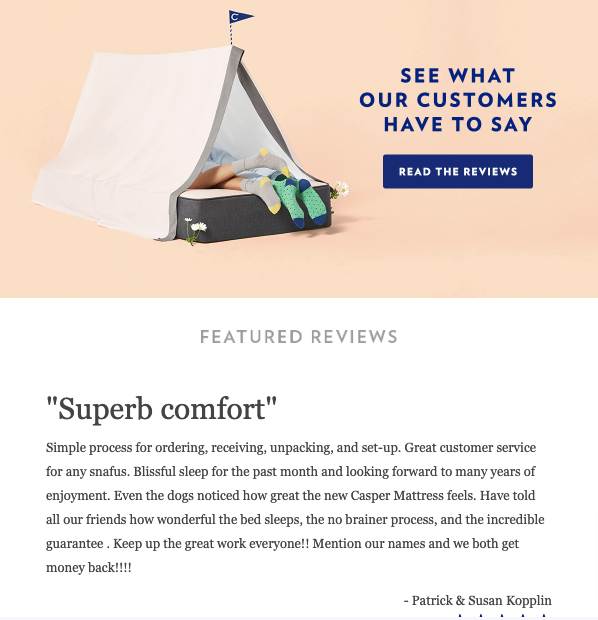
On the flip side, we all buy dental products constantly.
And because Quip’s products—like toothbrushes, toothpastes, and mouthwashes—are fairly cheap, we’re unlikely to spend days or weeks mulling over a single purchase decision.
So it’s no surprise Quip dedicates a big chunk of its messaging to promoting its latest products:
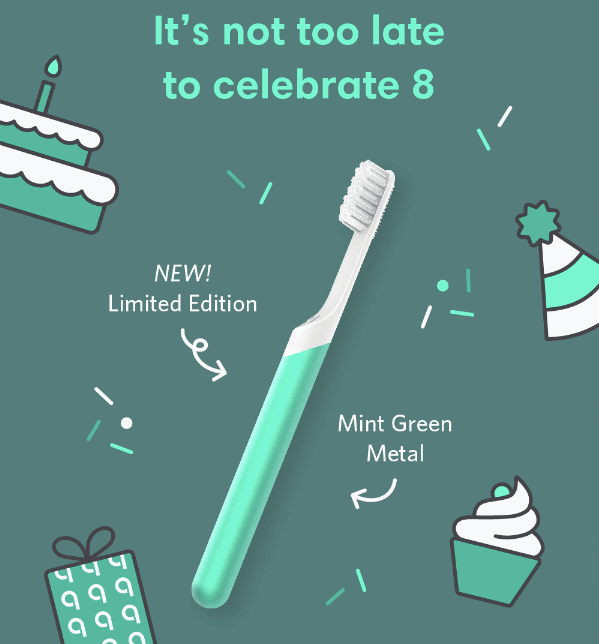
Clearly, Quip and Casper have very different marketing strategies.
But their goals are identical to all ecommerce marketers: building a larger, more engaged audience, selling more products, and generating more revenue.
And their customers move through exactly the same lifecycle stages—they just do it at different paces.
The 5 Stages of Lifecycle Marketing (& How They Affect Your Messaging)
Unfortunately, customers don’t just appear out of nowhere and immediately become dedicated brand ambassadors placing regular repeat orders.
Instead, they progress through multiple lifecycle marketing stages on the path to conversion and — hopefully — loyalty.
In each stage of your customer's journey, you need to put yourself in your customers shoes. What message do they need right now? What are they looking for? Bryan Reisberg from Little Chonk explains how he's his own target customer. He explains that he looks at his customer journey from every angle, thinking "What would I want here?"
Now, let’s look at that journey from the consumer’s perspective and consider strategies to reach and engage them…
1. Awareness
When customers are in the awareness stage, it's your job to make sure they understand your brand, your story, and what your values are. Consider this: if a customer is between two brands, values might make the difference in what they choose to buy. Sensi Graves from Sensi Graves Swim understands this, and regardless of which channel a customer uses to discover the swimwear brand, the next step is getting their brand story to that customer as quickly as possible.
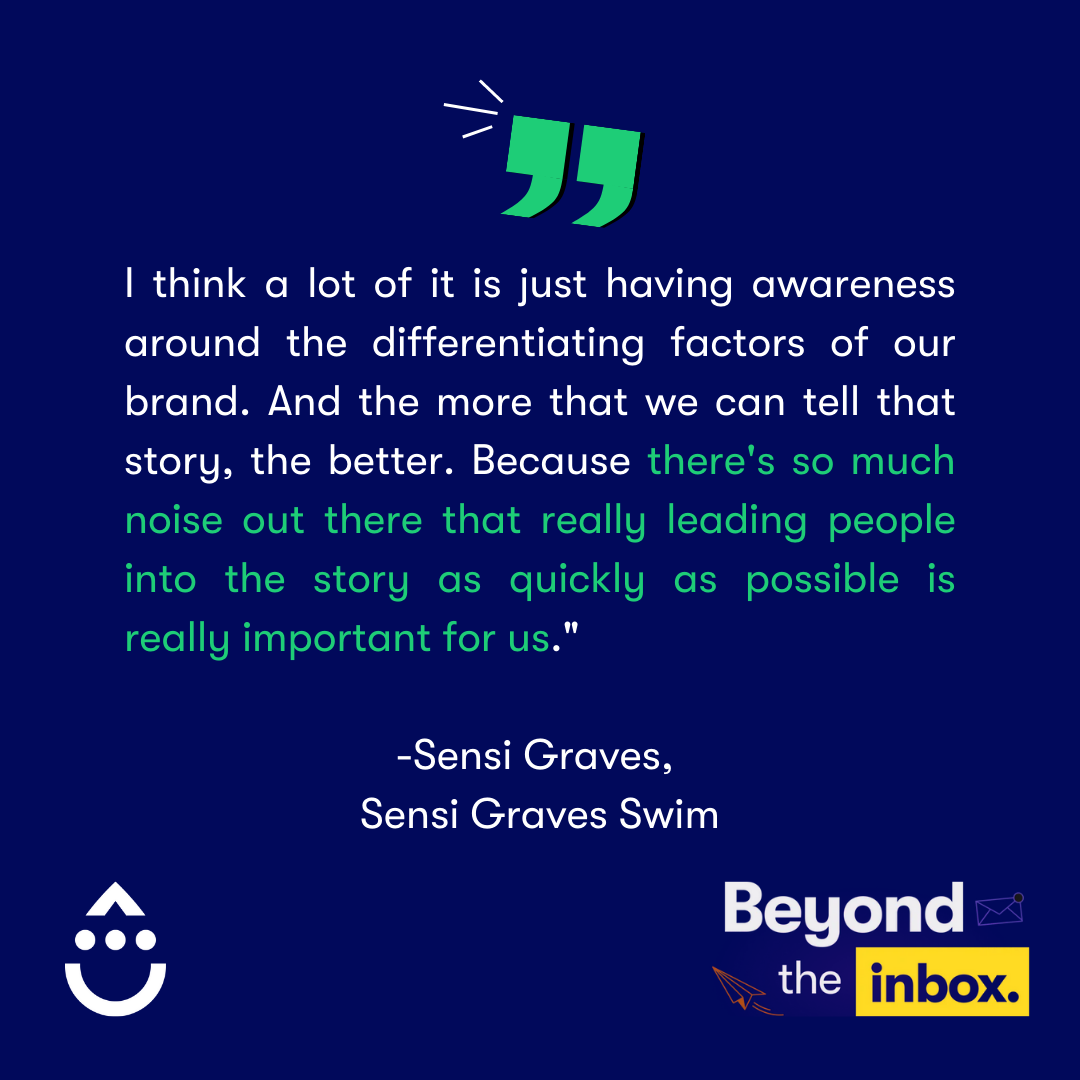 We consumers are a confused bunch who rarely know exactly what we want.
We consumers are a confused bunch who rarely know exactly what we want.
The awareness stage is when we first realize we have a “problem” to resolve or a “need” to fulfill — so we turn to third-party sources to better understand what we’re looking for.
For instance, let’s say you’ve just moved into a new house.
You’re excited to decorate, and you’ve decided to start with the bedroom. But what interior design styles would work in a space like yours? And what products do you need to pull it off?
To answer those questions (and more), you might:
- Seek advice from friends and family
- Search for design inspiration on platforms like Instagram and Pinterest
- Google specific bedroom design trends
- Buy an interior design magazine
- Visit a physical homeware store
Customer Marketing Goals at the Awareness Stage
By the time they exit the awareness stage, the customer has drawn up a shortlist of brands and retailers selling relevant products.
Your sole marketing objective at this stage, therefore, is to ensure your brand makes the list.
There are various ways to make that happen:
Run Social Ads
Instagram is a solid choice for ecommerce brands, with 47 percent of global consumers using the platform for buying inspiration (compared to 38 percent for Facebook and 36 percent for YouTube).
In this carousel ad example, homeware retailer One Kings Lane reached out to new customers to showcase its latest bedroom furniture, using an attractive image to inspire as well as sell:
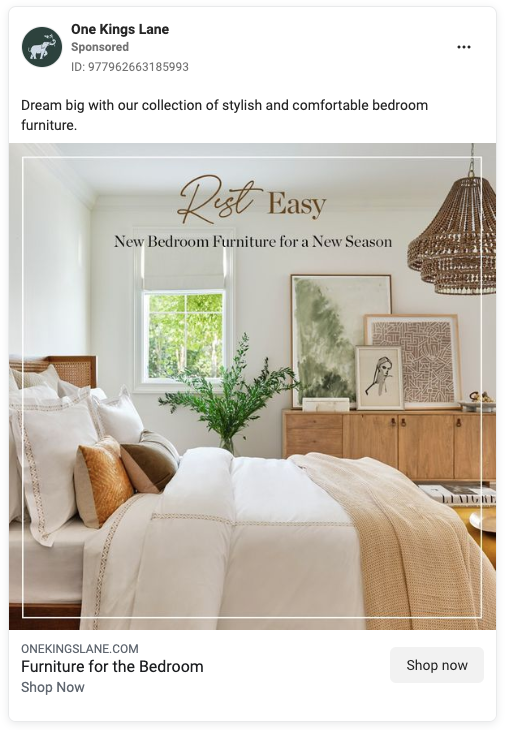
Launch a Paid Search Campaign
When searching for keywords with high commercial intent, US consumers are almost twice as likely to click a paid search listing than an organic result.
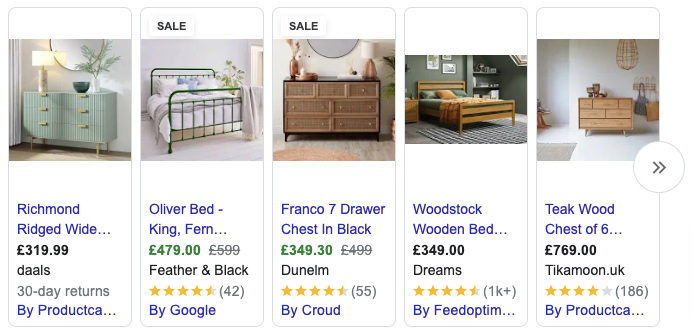
However, paid search isn’t a license to print money.
In some verticals, it’s simply too expensive for most brands, with the average cost per click ranging from $1.36 in real estate to an eye-watering $8.67 for attorneys and legal services, according to Wordstream.
As for ecommerce categories, furniture has an average CPC of $2.39—not too bad given the comparatively high product price.
But for apparel, it climbs to $2.66. That’s a huge sum if you’re selling $30 T-shirts.
Level Up Your SEO
Unless you’re in an extremely niche market, there’s almost certainly a ton of search activity that’s relevant to your product categories.
However, SEO competition is fierce. You’ll likely be up against household-name brands, publishers, and authority websites (to name just a few).
So your best bet is to “niche down.” The more specific the keywords you target, the less competition you’ll face—and the more likely you are to reach page #1.

2. Acquisition
So you made the customer’s shortlist—congratulations.
But the hard work is only just beginning. At the acquisition stage, you need to convince them that your product and brand are better suited to their needs than the competition.
Sticking with the bedroom decor theme, you might weigh up your options based on…
- Price
- Product style
- Product quality
- Shipping speed
- Shipping cost
- Returns policies
…and possibly a few other factors, too.
To find all that information, you’ll browse a brand’s website, check out their social channels, explore product reviews, and maybe—if you like what you see—sign up for their email newsletter.
Customer Marketing Goals at the Awareness Stage
This stage of the marketing funnel is all about getting to know your potential customer—while educating them about who you are, what you do, and how amazing your products are.
The best way to do that is through email marketing, which delivers an average ROI of over $35 for every $1 spent:
Use Onsite Popups to Drive Email Signups
If you’re a regular reader of the Drip blog, you’ll know we’re big advocates of using (high-quality) website popups for email capture.
But what does a “high-quality popup” look like?
We dug into various traits of high-performing popups in our analysis of 1+ billion popup views.
Among our many findings, we established that a key factor in popup success is the inclusion of imagery, like this example from sustainable lifestyle brand Dedicated:
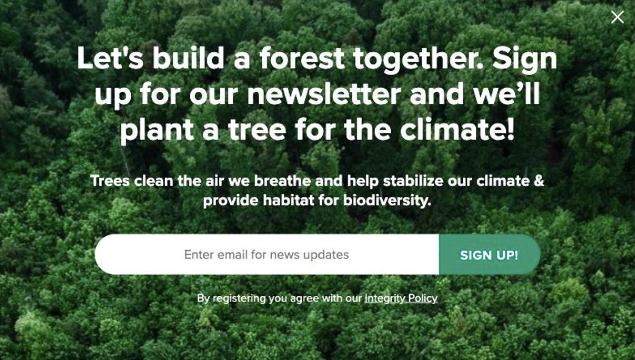
After looking at 20+ million popup views and filtering out those with 2,000 views or fewer, we discovered that popups convert 84 percent better when they contain an image.
Once you do capture that initial interest via an email address, it's important to follow up. Lucy Jeffrey from Bare Kind explains that she set up a welcome workflow with 10% off the first order to incentivize that first purchase. Then they follow up with their charity impact to scoop up those who weren't incentivized enough with the first discount.
3. Conversion
By this point, your customer has all the information they need to make a purchase.
But that doesn’t mean it’s a done deal.
They might browse your website over and over again, looking for exactly the right product.
They might hold out for a flash sale, free shipping, or some other promotion.
Or they might start the checkout process, then abandon their shopping cart—a common issue, with the average cart abandonment rate standing at 69.99 percent, according to the Baymard Institute.
Customer Marketing Goals at the Conversion Stage
Hopefully, you’ve already captured the customer’s email address with a well-placed website popup.
Now, you’ll put it to good use by sharing messaging that gently nudges them toward converting. Here’s how:
Share Personalized Product Recommendations
Remember, personalization is the name of the game in lifecycle marketing.
So when you’re sharing product recommendations, make sure to base them on the customer’s browsing behavior (and purchase history, if available).
In this example, accessories brand Bellroy demonstrates the persuasive power of a personalized product recommendation email:
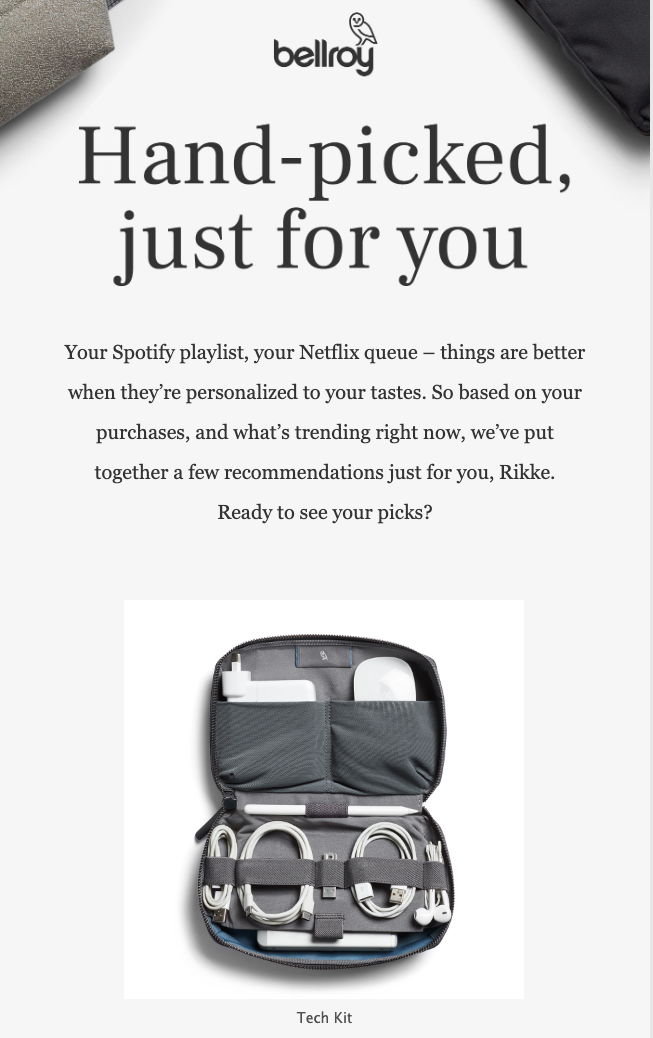
According to McKinsey & Company, 71 percent of consumers expect these types of personalized interactions (and 76 percent get frustrated when they don’t happen).
So this type of personalized messaging isn’t a nice-to-have; it’s essential.
Send Browse Abandonment Emails
With the average ecommerce conversion rate ranging from 1.3 percent to 2.1 percent, depending on the month, it’s safe to assume a lot of consumers are browsing product pages but not buying.
Those potential customers like a product enough to take a closer look—but they weren’t totally convinced.
Wouldn’t it make sense to reach out and remind them what they’re missing?
That’s just what cosmetics brand Tarte does in this browse abandonment email:
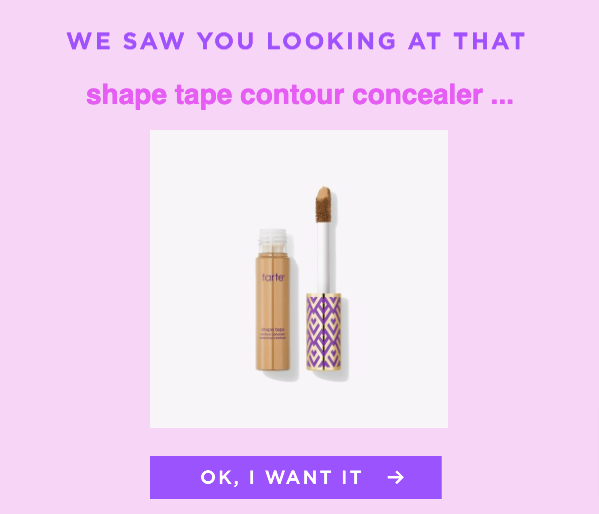
And just in case you’ve gone off the original item, Tarte also recommends a bunch of related products:
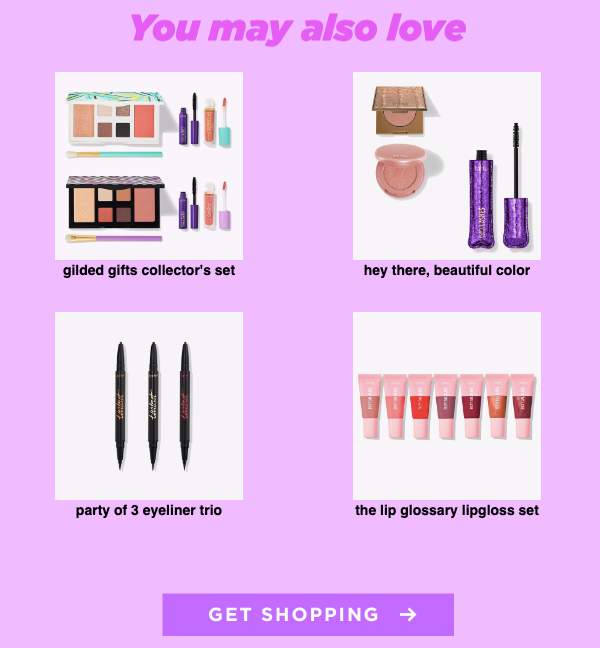
Target Cart Abandoners
I’ve already mentioned that a massive proportion of online shopping carts get abandoned.
But it’s not all bad news, because cart abandonment emails deliver some of the best metrics of any ecommerce campaigns. According to Barilliance, they deliver average open rates of 40+ percent and average conversion rates of almost 19 percent.
Anastasia Beverly Hills starts this abandoned cart email with a subject line that instills urgency and prompts the customer to take action:
![]()
This theme continues in the email body, which incorporates images of all the abandoned products, plus CTAs to “Shop Now.”
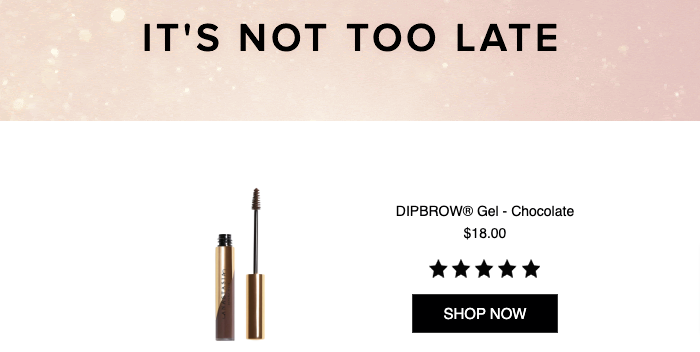
4. Fulfillment
Just because your customer has (finally) placed an order, that doesn’t mean your work is complete.
At this point, they’re in the fulfillment stage, which runs from the moment a purchase is made to the time it arrives at their door.
It’s your job to stave off buyer’s remorse by reassuring them that they made the right choice.
Customer Marketing Goals at the Fulfillment Stage
Put yourself in the customer’s shoes.
They’ve spent a bunch of money on a product. Especially if it’s their first time buying from you, they want to know their “investment” is in safe hands.
They’re also excited to get their hands on their new purchase.
For that reason, you should follow up each and every transaction with an immediate order confirmation email.
Send Order Confirmation Emails
Order confirmation emails consistently outperform standard bulk marketing emails in terms of:
- Open rates
- Click-through rates
- Viewing time
- Revenue per email
That’s hardly surprising. If you’ve bought a product, you want to know the transaction was successful—and what happens next.
Sustainable footwear and apparel brand Allbirds strikes the right tone in this order confirmation email:
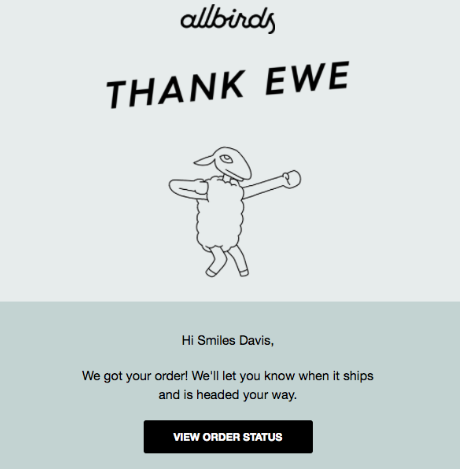
But there’s no need for post-purchase emails to be purely transactional.
Allbirds uses the same email to share more information about the brand’s principles, helping the customer feel like they made a smart (and ethically sound) choice:
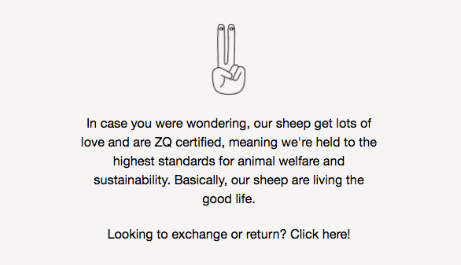
5. Loyalty
Loyal customers are one of your most valuable marketing resources, with KPMG research revealing that 86 percent of loyal customers recommend a brand to friends and family.
What’s more, two-thirds will write positive online reviews after a good customer experience, and almost half will remain loyal even after a poor experience.
So it’s clearly in your interests to turn new and existing customers into dedicated brand advocates.
Customer Marketing Goals at the Loyalty Stage
You’ve probably heard the phrase: “The squeaky wheel gets the grease.”
Essentially, it means you’re more likely to get what you want if you ask for it.
With that in mind, your goals during the loyalty stage of the lifecycle marketing funnel are all about building a deeper relationship with previous customers. Here are a couple ways to do it:
Promote Your Loyalty Program
Loyalty programs can have a substantial impact on your bottom line, with McKinsey & Company revealing that top-performing programs boost revenues from points-redeeming customers by 15 – 25 percent yearly.
Mavi Jeans clearly understands this, because it regularly promotes its loyalty program to existing customers:
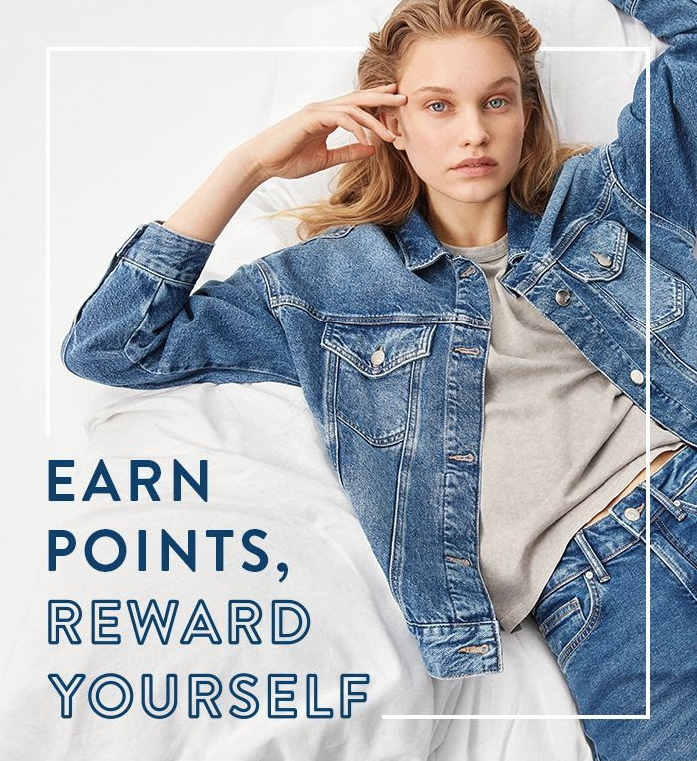
Of course, just because a customer liked your product, there are no guarantees they’ll join your loyalty program.
After all, they’re busy people.
For that reason, Mavi takes the time to spell out the benefits of signing up:
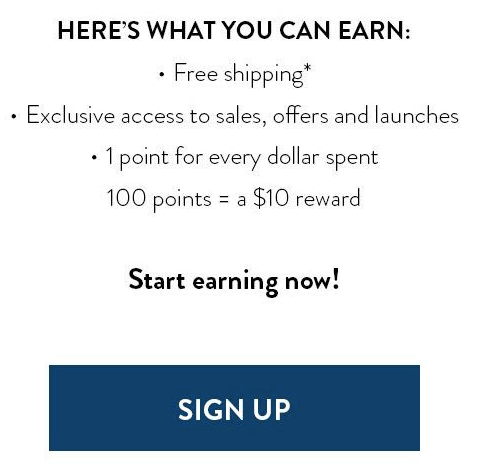
Importantly, it keeps things simple by emphasizing the cash rewards on offer.
Incentivize Customers to Review Their Purchase
Nine in ten consumers read reviews before buying. But unfortunately, three-quarters only pay attention to reviews written in the last month.
In other words, you need to generate a constant stream of customer reviews.
Again, remember: your customers are busy. Even if they loved your product, they need a little persuasion to write a review.
Be sure to follow up every purchase with a review request email, just like home furnishings brand Dunelm:
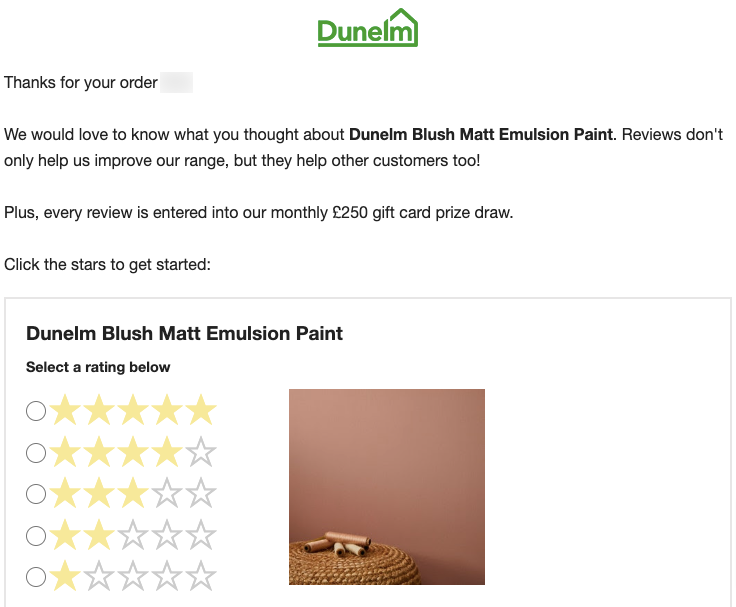
There’s a lot to like about this email. Not only does it remind the customer what they bought, but it gives them an incentive to leave a review.
Dunelm also makes life simple for the reviewer by including a simple point-and-click rating system to the email body.
Turbocharge Your Lifecycle Marketing With Drip
By this point, it should be clear that the key to effective lifecycle marketing lies in personalization and segmentation.
That’s why you need Drip.
Our segmentation tools make it super simple to send highly personalized email marketing messages that convert.
Find out for yourself by signing up for your 14-day free trial today.
